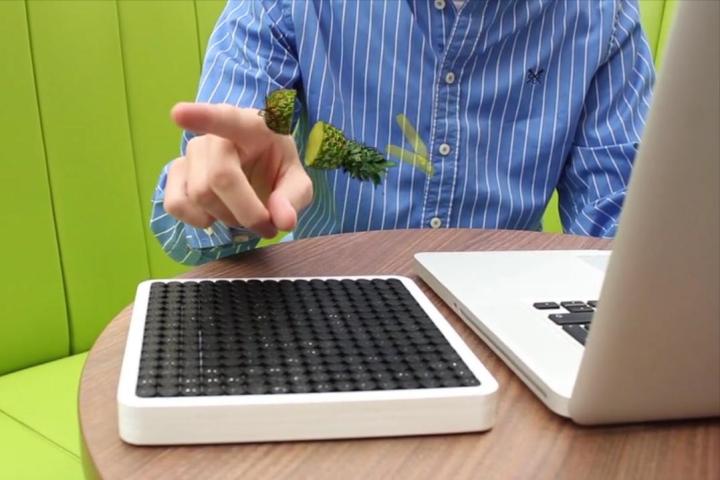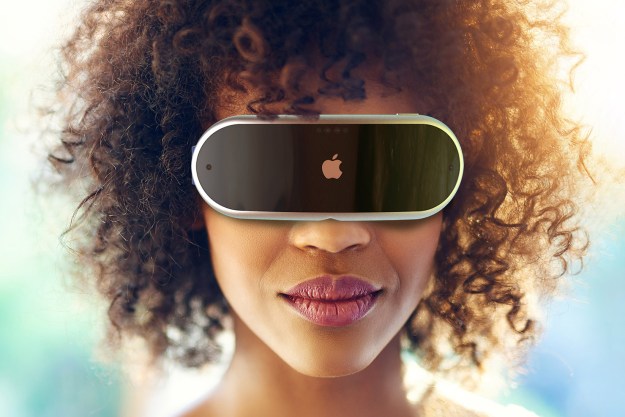
The addition of Leap Motion 3D gesture tracking is what allowed Ben Long and his team to make the jump from projecting 2D outline to 3D forms. An array of tiny speakers project ultrasound onto your hand at just the right time and frequency to create the sensation that you are touching a virtual object. The researchers have thus far tested basic, geometric forms like spheres and pyramids.
The level of detail is currently limited, but the resolution can be improved over time with a greater number of smaller and more precise speakers. Even without perfect resolution, our minds do a lot of the work to make sense of the sensations and line them up with what we are seeing. “Even if there are discrepancies, the brain will bend what it sees and feels to fit the overall picture,” explained VR developer Sébastien Kuntz.
Potential applications include practical uses like doctors physically examining anomalies detected by a CT scan; museum visitors could handle virtual objects while the originals are safely behind glass nearby, allowing for a hands-on education. Any advances in VR also of course have potential uses in games.
Editors' Recommendations
- VR headset deals: Meta Quest 2 and VIVE XR
- PSVR vs. PSVR 2: The difference between the Sony VR headsets
- This Call of Duty-themed haptic feedback vest brings you closer to the battlefield
- PlayStation VR2 will include see-through view and broadcasting options
- What the Golf? sequel, Twilight Zone VR, and more shown at UploadVR stream


